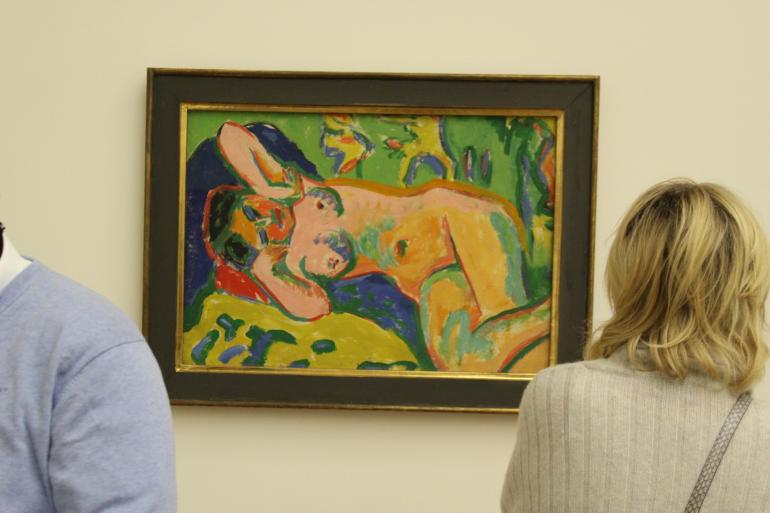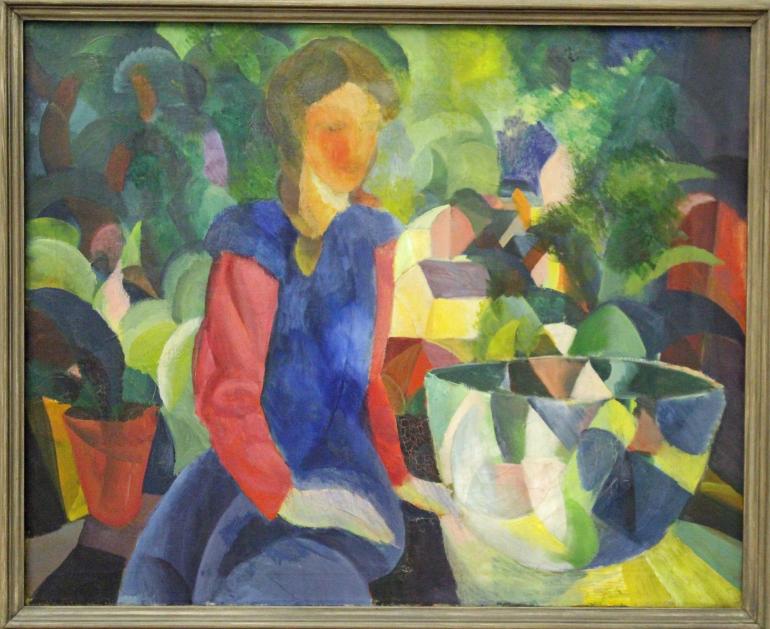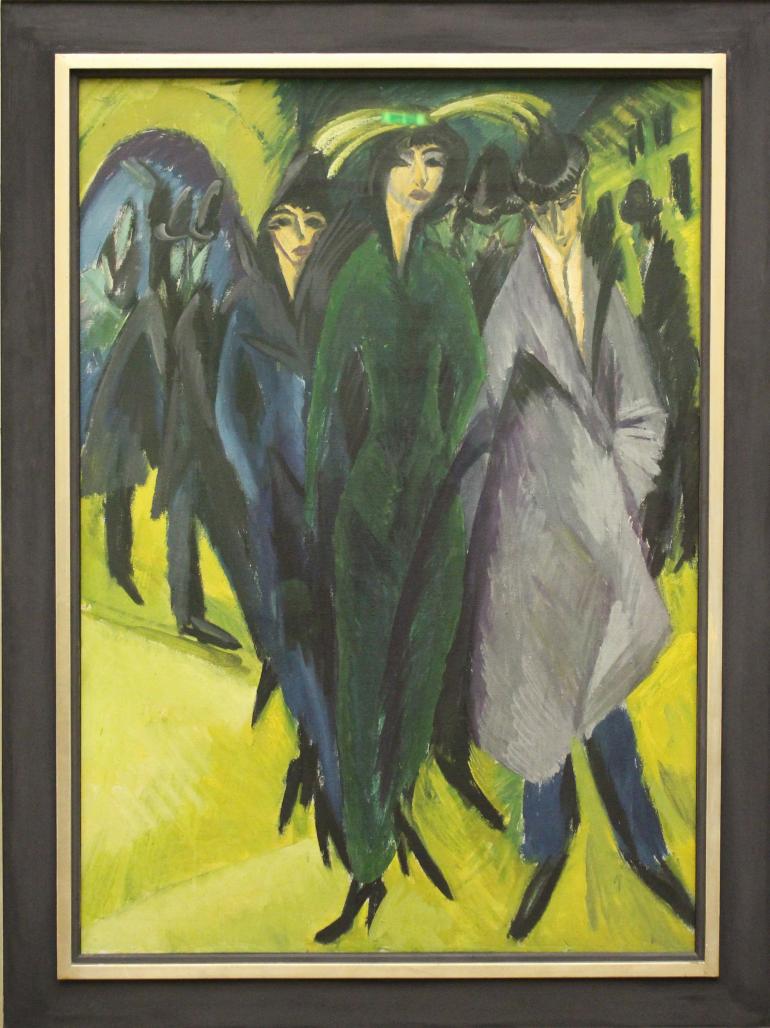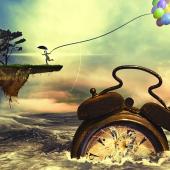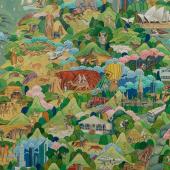Exhibition "Brücke and Blauer Reiter" travels through three Houses
"Everyone belongs to us who directly and unadulteratedly reproduces what urges him to create."
This is how Ernst Ludwig Kirchner summed it up in 1906. But initially it was only four young architecture students in Dresden who formed the "Brücke" artists' group. The rest is legend. But the history of German pre-war Expressionism would not be complete without its Munich counterpart, "Der Blaue Reiter". What connects them? What distinguishes the actors of the awakening from encrusted Wilhelmine structures? The Von der Heydt Museum in Wuppertal is currently providing answers. It brings together numerous paintings and graphic works by "Brücke" and "Blauer Reiter" under one roof - and invites visitors to develop new perspectives, to recognize parallels and differences. The brilliant inaugural exhibition of the new museum director Dr. Roland Mönig is based on a cooperation with the Buchheim Museum of Imagination in Bernried and the Kunstsammlungen Chemnitz. It will be on view at both venues following Wuppertal.
The show begins with a "prologue". In the largest of the nine rooms, visitors can stroll between the studios of the two groups, walk among bathers and colorful animals. They see portraits and nudes in various degrees of abstraction, feel first-hand the contrasts between the metropolises of Munich, Dresden and Berlin and the blue countryside around Murnau or the Baltic Sea.
One had to wait a quarter of a century for such an opportunity. Nevertheless, the huge response surprised the makers themselves a little. Roland Mönig, who wrote his dissertation on Expressionist painting and poetry, certainly struck a chord. Up to 800 guests came daily over the holidays - and that under pandemic conditions. Not only is the poster now out of print, but unfortunately the accompanying booklet for children is no longer available.
In addition to a reunion with highlights of classical modernism, the show also allows for new questions. For example, the role of exotic "models" can now be read in the context of colonialism. For even South Seas travelers such as Max Pechstein or Emil Nolde experienced at most a "lost paradise" on site.
The role of women also comes into focus. While they served primarily as (often underage nude) models for the "Brücke," Marianne von Werefkin and Gabriele Münter were active artists in the circle of the Blaue Reiter. The show dedicates a "Couple Room" to them. But even Münter, who contributed editorially to the Blaue Reiter's almanac - and is the only artist represented with illustrations - remains unnamed in the imprint!
At the end of the show, Kirchner's "Women on the Street" appear, staged as a kind of big-city icon that already refers to the twenties. Kirchner noted a bitter look back in his Davos diary in 1923: "Klee bypasses the difficulties. Marc is generally indiscernible. Kitsch à la Kandinsky." With this opinion, however, the author should be quite alone today.
Info: The exhibition is to bee seen as follows:
- until February 27 at the Von der Heydt Museum Wuppertal
- from March 27 to June 26 at the Kunstsammlungen Chemnitz and
- from July 16 to November 13 at the Museum der Phantasie Bernried.
BUZ: For the first time in a long time, the Von der Heydt Museum Wuppertal is showing "Brücke and Blauer Reiter," thus uniting the two main players of Expressionism in the Wilhelmine Empire.


